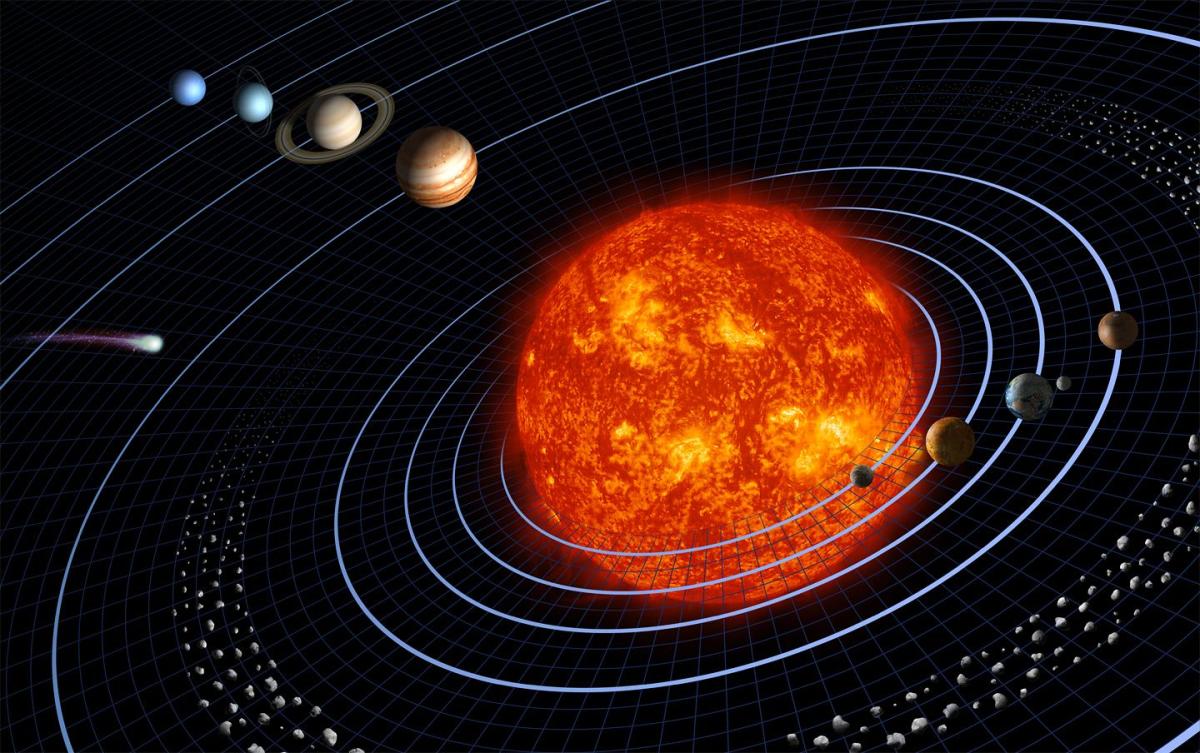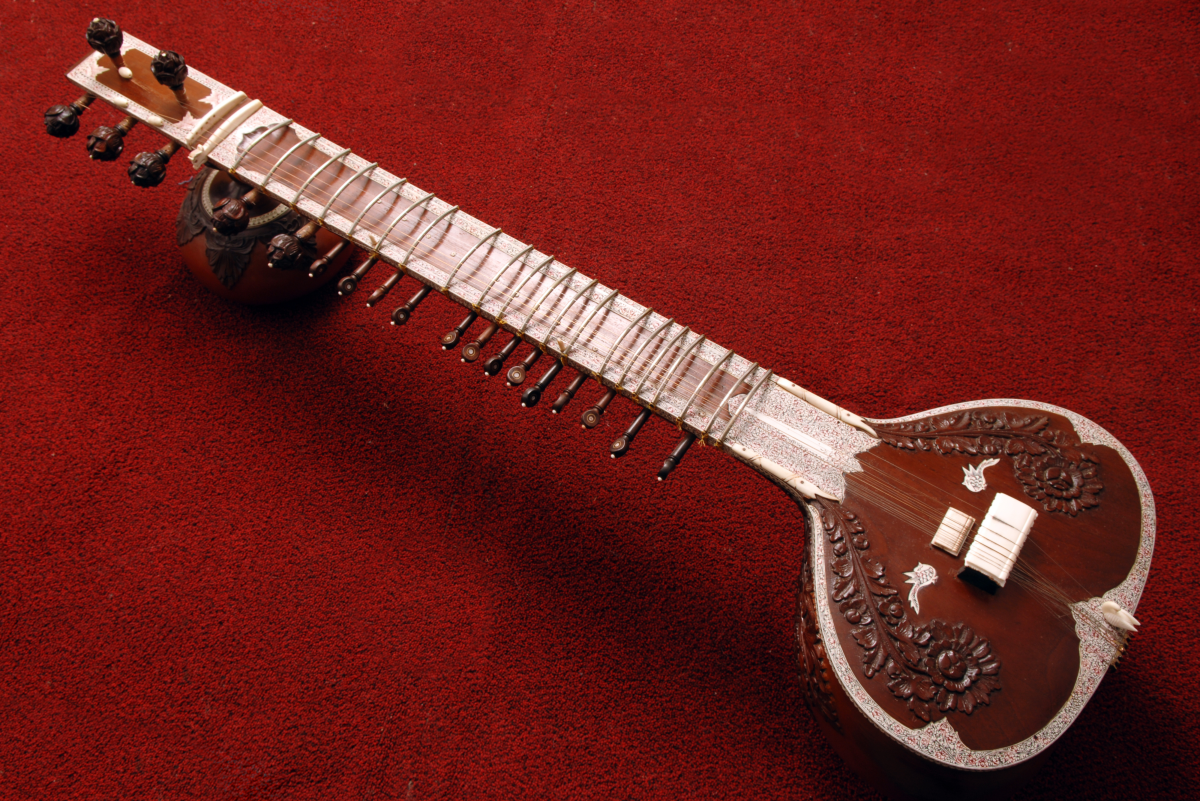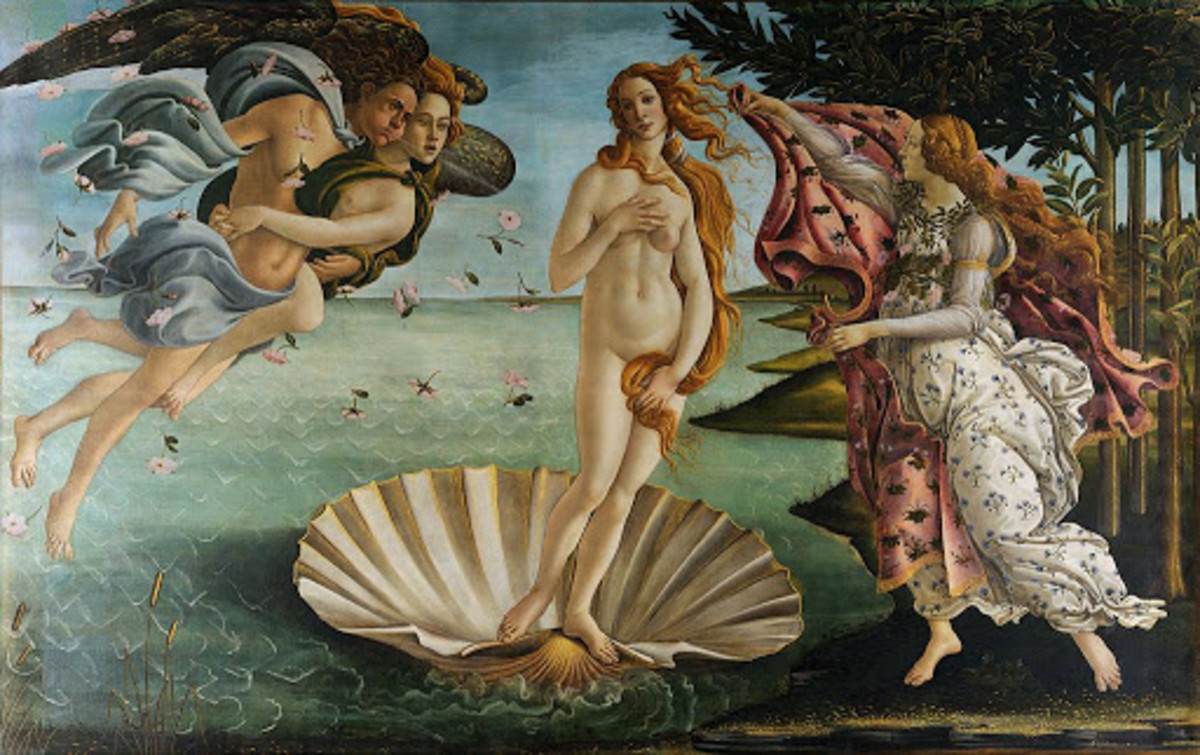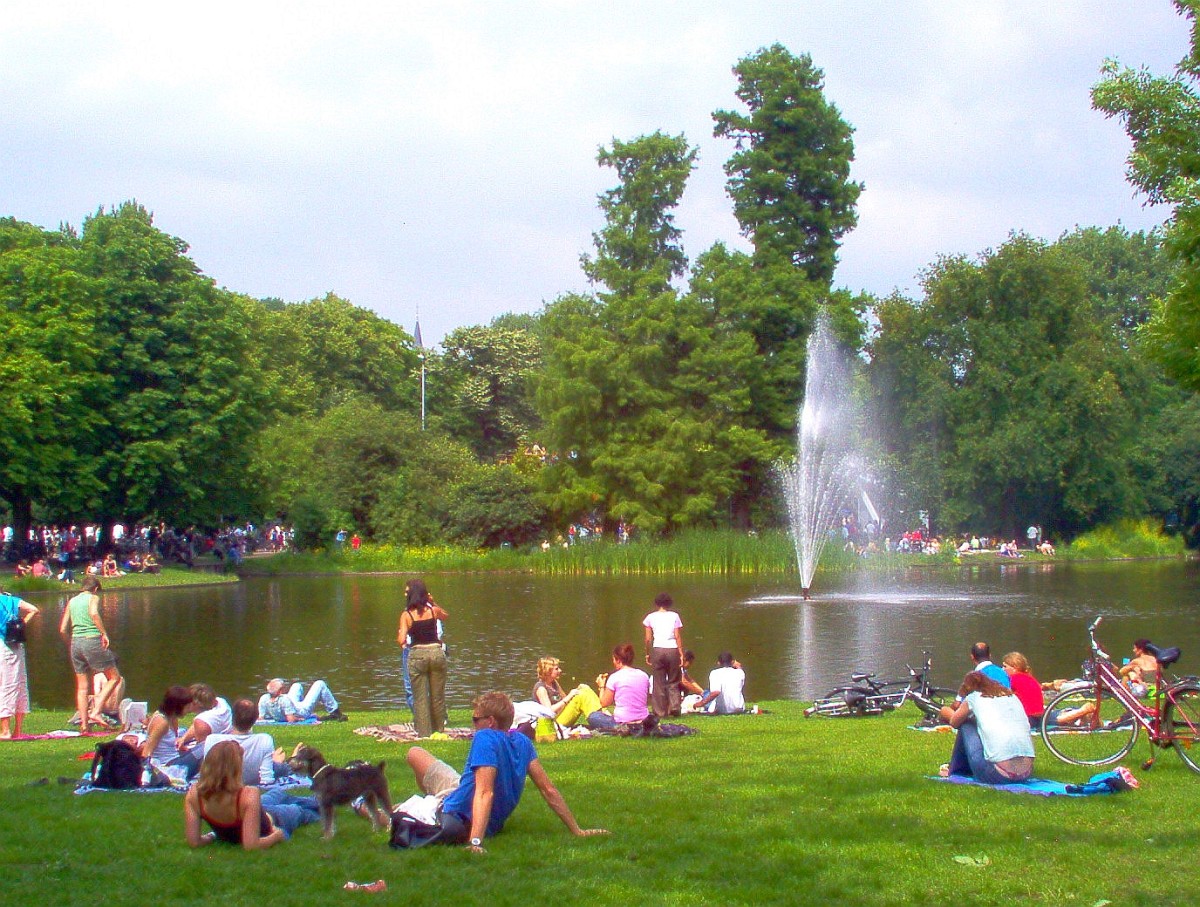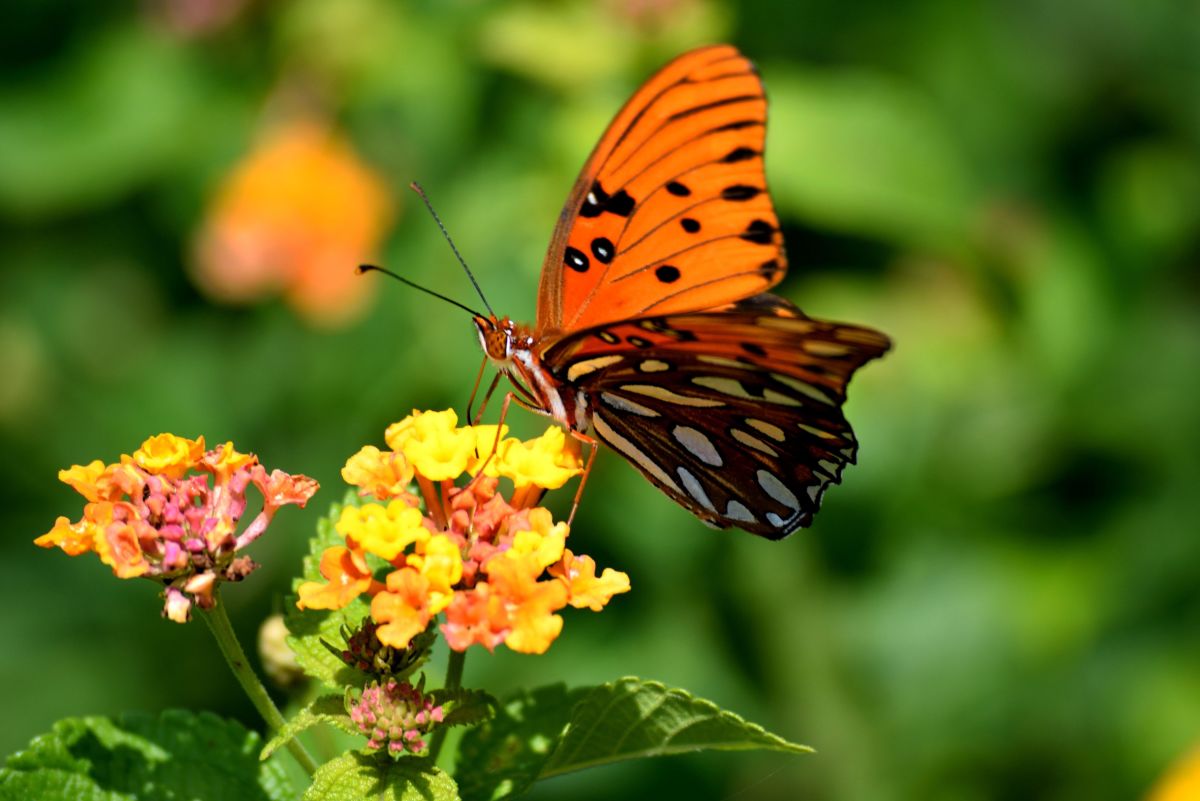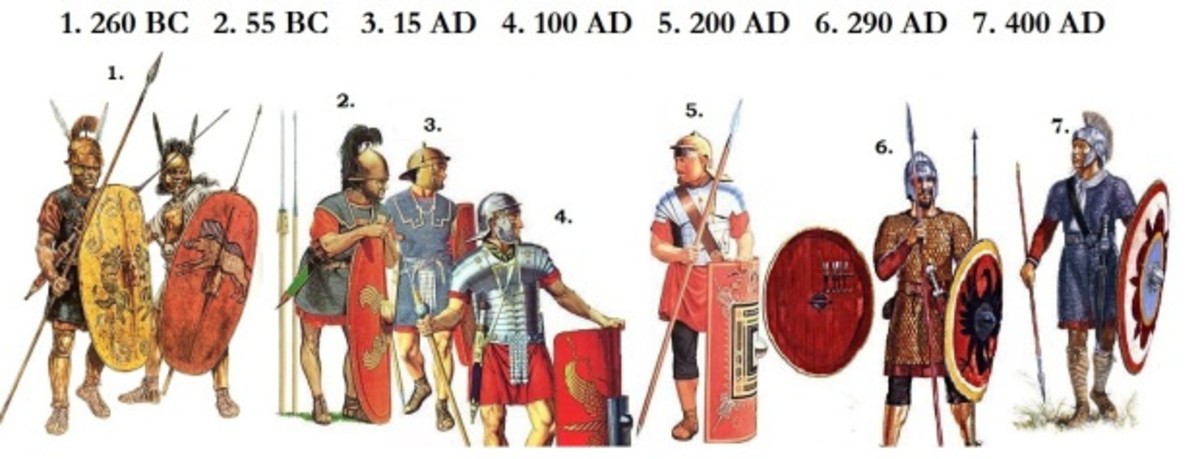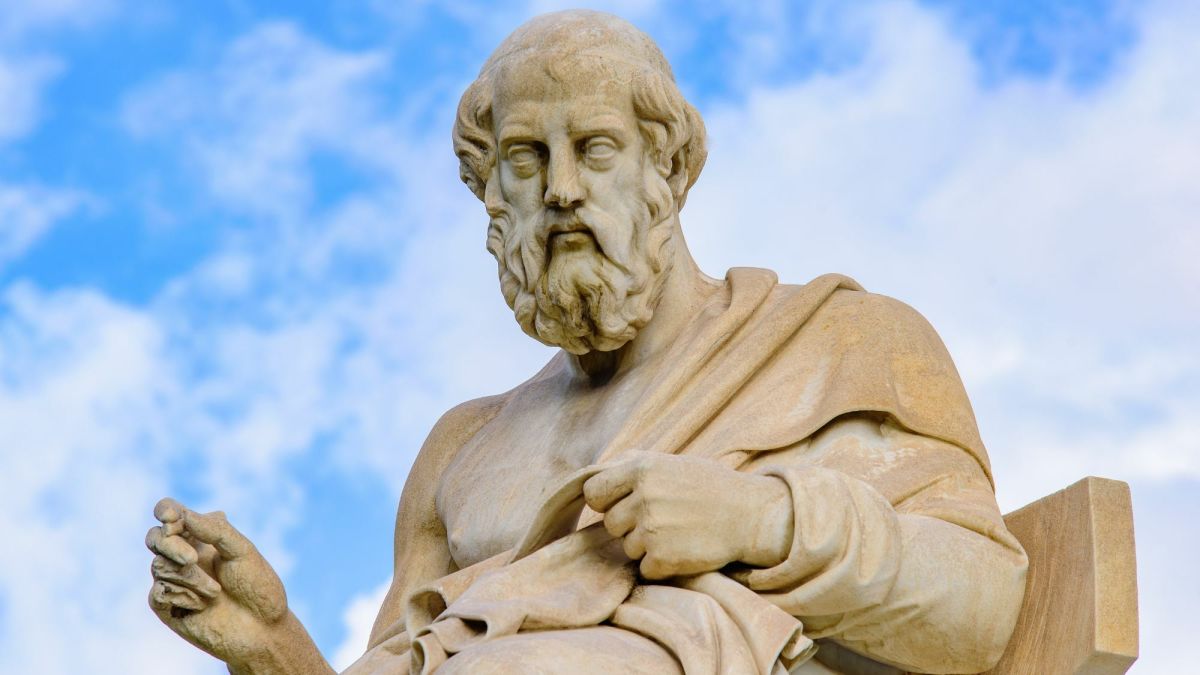Classic Literature, Classical Music and Famous Artists: Botticelli, Vivaldi, Rossetti and Lucretius
Knowledge
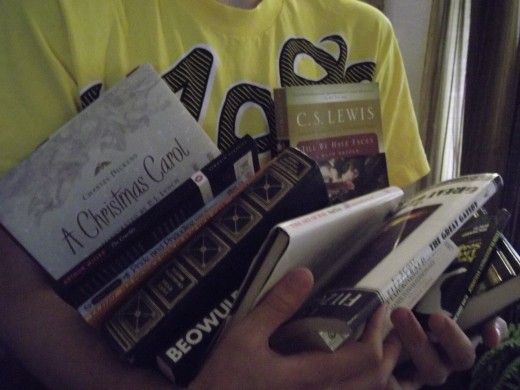
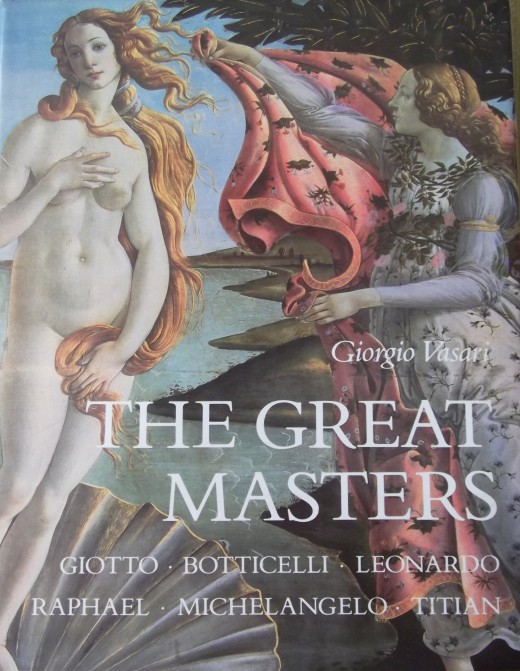
Classic Pack Collection
The Classic Pack series is a compilation of information about some of the greatest classic novels and literature, classical music and the works of famous artists. Each pack will include information about a classic piece of literature, music and artwork. The pieces will be connected through various aspects such as theme, time period or simply my arbitrary opinion. For each pack one item will be featured as the main piece with additional information regarding historical context. With the theme of spring, Classic Pack 1 introduces two works by master painter Botticelli, a composition by Vivaldi and a poem by Christina Rossetti.
Featured Piece: Botticelli's Primavera Painting
The featured piece for this Classic Pack is Alessandro "Sandro" Botticelli's Primavera . Botticelli was a Florentine painter who lived from 1445-1510. In 1474 he became a favored painter of powerful Medici family. He painted Primavera and The Birth of Venus for the Medici. He was also commissioned to paint a section of the frescoes in the Sistine Chapel. He was a successful painter but a poor finanacial manager and died penniless at the age of 65.
A discussion of Primavera naturally links to The Birth of Venus . For over 400 years these paintings were thought to be separate commissions. It is now known that The Birth of Venus and Primavera were meant to be displayed together. The paintings represent a complete cycle of seasons. Primavera depicts the arrival of spring and scholars have long attributed a great deal of mythological symbolism to the content of the painting.
The figures in the painting are weightless and cast no shadows. They are figures in a fantasy image. From the left; Mercury the messenger, the Three Graces, Venus the godess of love, Flora the goddess of flowers and spring, the nymph Chloris, Zephyrus the god of wind and floating above is Amor, son of Venus. She is surrounded by everything she needs to thrive over the coming year and thus, eternity. Look closely at the figure on the far right; Chloris. She has a vine coming from her mouth in an apparent alusion to text by Ovid.
"As she talks, her lips breathe spring roses:
I was Chloris, who am now called Flora."
Ovid
Several pieces of literature have been linked to Botticelli as the possible inspiration for Primavera, but the most commonly cited are The Fasti by Ovid and De Rerum Natura by Lucretius. David Bowman from Alternative News (aiwas.net) observes that as the paintings are side by side the twelve total figures (discounting Cupid or Amor who is on a different level) are actually three groups of the same four figures that metamorphasize along a timeline.
Bowman explains, "The Birth of Venus illustrates the first group of four figures, three female and one male, and the same pattern is repeated twice on La Primavera . The first group of La Primavera begins with male Mercury accompanied by the Three Graces. Following the symbolic timeline on La Primavera comes again a group of four persons again consisting of three female and one male figure: Venus, Flora, and the nymph held by Zephyr just as in the case of the first group from the Birth of Venus . If the beginning and the end are stitched together a cycle of progressing figures is thus obtained."

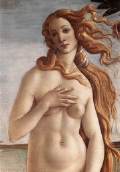
Images of Botticelli's Paintings
- Web Gallery of Art, image collection, virtual museum, searchable database of European fine arts (100
Web Gallery of Art, image collection, virtual museum and searchable database of European fine arts (painting, sculpture, illumination) of the Romanesque, Gothic, Renaissance, Baroque, Neoclassicism, Romanticism and Realism periods (1000-1850), contai
Historical Context
Florence is widely recognized as the birthplace of the Renaissance. Debate among scholars is ongoing as to why this occurred in Florence. Da Vinci, Botticelli and Michelangelo were all born in Florence which undoubtedly had a positive effect on the development of the arts but would they have reached master status without the support of a generous and powerful patron?
The Medici family began accumulating wealth in the 1300's through banking and power soon followed. They were the wealthiest family in Italy, possibly in all of Europe. Cosimo Medici dedicated money to the arts and his community. Upon his death he was honored as Pater Palrige (Father of His Country).
Cosimo's grandson, Lorenzo, became known as Lorenzo the Magnificent. Lorenzo continued to buid the family's wealth and influence. He was a faithful patron to Botticelli, but was not favored by a local priest named Savonarola, who publicly renounced Lorenzo's immoral and pagan lifestyle. Botticelli eventually became a follower of the priest; placing him in an awkward situation with the Medici family.
An indication of the Medici family's power and influence, four family members became pope and one became the queen of France. One of the popes was illegitimate. How much power and influence does it take to have an illegitimate nephew crowned pope?
The Medici family were Important players in the birth and growth of the Renaissance period, which had an immeasurable impact on Western civilization. The Renaissance was a time of enormous change and advancement. Classical texts were once again being read and discussed,Galileo discovered that the Earth revolved around the sun and people began questioning the absolute authority of the church as the corruption and decadence of the Church was brought to light. Artists began exploring subjects beyond religion and began to paint figures dimensionally.
General Timeline of Art Periods
A timeline of art periods and movements is not perfectly linear. Some movements and periods overlap and there is a slight variation of the time periods depeding upon the source. However, this general overview provides a big picture of art history from the Renaissance Period to the early 1900s.
Art History Timeline
Time
| Period
| ||
|---|---|---|---|
1400's-1600's
| Early to Late Renaissance Period
| The Renaissance is characterized by a renewed interest in classicism, a balance of form and color and technical mastery.
| |
1530's
| Mannerism
| Characterized by rendering an ideal of beauty rather than a natural representation; exaggerated scale and perspective.
| |
1600-1750
| Baroque
| Elaborate and ornate detail in art and architecture.
| |
1700-1800
| Rococo
| Similar to Baroque with a profusion of scrolls and foliage.
| |
Neoclassicism
| The revival of classical style.
| ||
1800-1850
| Romanticism
| Emphasis on expression of emotion and imagination; a reaction to and departure from the classical style
| Barbizon School; Hudson School
|
1870-1890's
| Impressionism
| A style of painting originating in France that concentrated on rendering the visual impression such as light, form or color; characterized by vivid colors.
| Founding members of the movement were Monet, Degas and Pisarro among others.
|
1898-1918
| The Ten
| Ten painters who seceded from the Society of American Artists to protest the view that Rmanticism/Classicism was superior to Impressionism
| |
1850-present
| Realism
| The truthful and objective rendering of the subject.
|
Classical Music
While studying the beauty of Primavera, one classical piece of music surely comes to mind: Vivaldi's Spring Concerto from The Four Seasons. This concerto was written for his students to play while he was the music director at an all girl orphanage in Italy. He wrote over 500 concerti. Four sonnets were published with the sheet music of The Four Seasons and many believe Vivaldi to have written the poems.
Spring
The festive Spring has arrived,
The birds celebrate her return with happy songs,
And the brooks of the gentle Zephyrs
With sweet murmurs flow, but,
The sky is covered in a dark mantle
And lightning and thunder announce a storm.
When quiet returns, the birds
Again take up their lovely songs.
And in the flower-rich meadow,
To the gentle murmur of leaves and plants
The goatherd sleeps, his faithful dog at his side.
To the merry sounds of a rustic bagpipe
Nymphs and shepherds dance in their beloved spot
When Spring appears in its brilliance.
Musical Terms and Definitions
What is classical music? If you are unsure of the exact definition then you are not alone. This section provides definitions of common musical terms as they relate to classical music. Definitions are from the Harvard Dictionary of Music by Willi Apel unless otherwise noted. Some definitions have been supplemented with information from online dictionaries or sites when the Harvard definition was unclear.
Classical music- From Harvard: "...all music before Romanticism up to Beethoven. Music of established value and fame as distinguished from ephemeral works which quickly disappear from the programs... For still others, usually the less educated people, it has the somewhat deterrant meaning of 'art music' or high-brow music, in contradistinction to 'popular music' or music for entertainment."
Kickass Classical (see link) claims that the technical definition is European art music from 1750-1825 and while it is correct it is also very limiting. A broader definition includes Western and European art music created between 1600 and 1900. Also to include music created after 1900 that follows the style and tradition of the common practice period and is created for the sake of music-not for the melody or score of a movie.
Concerto- a composition for a solo player and an orchestra teamed, not in a master servant relationship, ...but in one of rivalry on an equal basis. From the Latin concetare: to fight side by side.
Symphony- a sonata for orchestra (Harvard). An instrumental section or composition (online dictionary).
Sonata- music to be played and not sung. An instrumental composition for piano, violin, cello, etc., which consists of three or four movements.
Movement- the various complete and comparatively independent divisions which form the sonata, symphony, etc.(Harvard). A section of a more extended work that is more or less complete in itself (online dictionary).
Vivaldi, Spring 1st Movement
- YouTube - kickassclassical's Channel
The Kickass Classical Top 100 is our list of the top Classical Music from movies, songs, commercials, cartoons, video games and ringtones. iTunes: http://bit.ly/i7MiTl Amazon: http://amzn.to/hzQ6Ug Under the fair use provision of USC Title 17 Chapter
- Classical Music Best Famous Popular
Classical music. The top 100 best, famous, popular classical music of all time from movies, commercials and songs.
Literature
Christina Georgina Rossetti was born in London in 1830. She was devoutly religious and a prolific writer. Ms. Rossetti's most famous work is Goblin Market.
Spring by Christina Rossetti
There is no time like Spring,
Like Spring that passes by;
There is no life like Spring life born to die, —
Piercing the sod,
Clothing the uncouth clod,
Hatched in the nest,
Fledged on the windy bough,
Strong on the wing:
There is no time like Spring that passes by,
Now newly born, and now
Hastening to die.
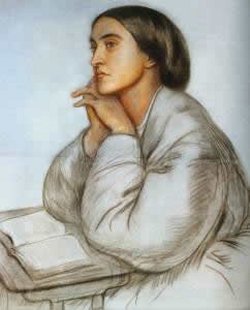
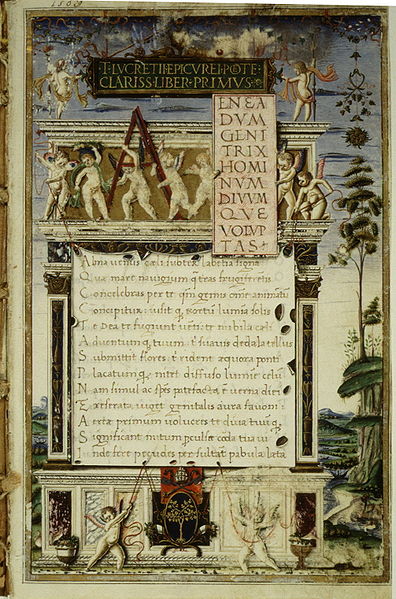
Academic All-Star Challenge
If you are interested in tackling a challenging and truly classical piece of literature, consider De Rerum Natura (On the Nature of Things) by Lucretius. Lucretius was a Roman philosopher and poet. He was a self-proclaimed Epicurean follower. Epicurus put forth the belief that if it feels good do it, just don't do too much of it. Granted, that is vastly oversimplified but hits on his basic premise. He claimed that the object of life was to avoid pain and emotional drama and cautioned others against harboring superstitious fears; he did not believe in the idea of a higher power.
Lucretius was born almost 100 years before Christ and 25 years before Virgil; probably in Rome. De Rerum Natura is a collection of poems that spans six books. The following passage is taken from Book IV and begins with a description of spring:
Spring-time and Venus come, and Venus' boy'
The winged harbinger, steps on before,
And hard on Zephyr's foot-prints, Mother Flora,
Sprinkling the ways before them, filleth all,
With colours and with odours excellent;
This passage is often cited as a possible inspiration for Botticelli's Primavera.
From the same book, on passion and love:
Of woman, greedily their frames they lock,
And mingle the slaver of their mouths, and breathe
Into each other, pressing teeth on mouths-
Yet to no purpose, since they're powerless
To rub off aught, or penetrate and pass
With body entire into body-for oft
They seem to strive and struggle and thus to do;
So eagerly they cling to Venus' bonds
Whilst melt away their members, overcome
By violence of delight. But when at last
Lust, gathered in the thews, hath spent itself,
There come a brief pause in the raging heat-
But then a madness just the same returns...
Some of the subtitles in this epic poem are:
- Substance is Eternal
- The Character of Atoms
- Infinite Worlds
- Nothing Exists Per Se Except Atoms and the Void
- Atomic Forms and Their Combinations
Regarding De Rerum Natura, my advice is to give it a try; you may uncover some universal truth that will change your perspective.
- Lucretius: On the Nature of Things - Google Books
A complete online copy of De Rerum Natura by Lucretius.



